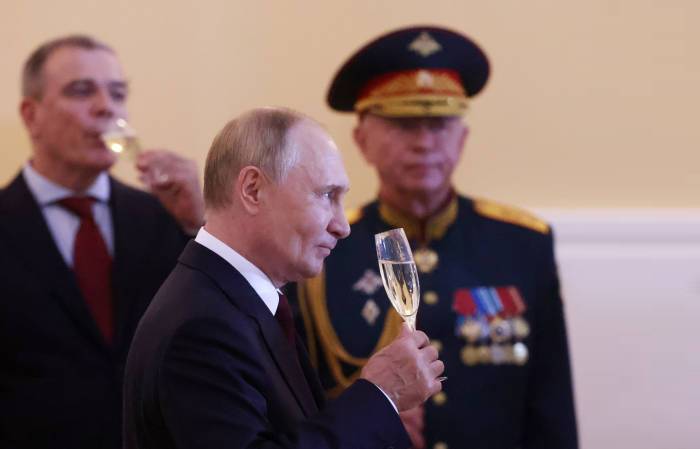Russian Wines Now Make Up 60% of Domestic Market Amid Sanctions
Western restrictions drive up import prices by up to 40 percent, fueling a dramatic shift in Russian consumer preferences and production.
2025-11-07

In the southern Russian city of Anapa, a shift is taking place on supermarket shelves and in the country’s wine cellars. Where once French Burgundy and Italian Barolo dominated, Russian wines now fill the majority of the space. This change is a direct result of Western sanctions imposed after Russia’s military actions in Ukraine, which have made imported wines more expensive and less available.
Since early 2022, when President Vladimir Putin ordered troops into Ukraine, Russia has faced a wave of sanctions from Western countries. These measures have affected many sectors, but the impact on consumer goods, including wine, is especially visible. According to Yury Yudich, head of the Federation of Restaurateurs and Hoteliers’ committee on Russian winemaking, Russian wine now accounts for about 60 percent of the domestic market. A decade ago, that figure was closer to 25 percent.
Yudich explains that higher taxes on products from “unfriendly countries” have contributed to this shift. Imported wines have risen in price by 30 to 40 percent, he says. As a result, Russian consumers are increasingly turning to local options, though many are still adjusting to the different flavors and styles of domestic wines.
In Moscow’s supermarkets today, bottles from Russia, Georgia, and Armenia are far more common than those from France, Italy, or South America. The sanctions regime has been extensive: since Russia annexed Crimea in 2014, more than 25,000 separate sanctions have been imposed on the country, with most coming after the full-scale invasion of Ukraine in 2022.
Russia’s relationship with wine is long but complicated. Grapes have grown around the Black Sea for thousands of years. However, political upheaval and anti-alcohol campaigns—especially under Soviet leader Mikhail Gorbachev in 1985—devastated many vineyards. After the Soviet Union collapsed in 1991, Russia’s economy went through a period of instability. In recent years, though, investors have begun buying land in southern Russia and hiring experienced vintners from France and Italy to help revive the industry.
At Côte Rocheuse winery near the Black Sea coast, this revival is evident. Chief vintner Irina Yakovenko says that since they began selling wine and welcoming tourists in 2022, production and sales have increased each year. The winery produces up to 500,000 bottles annually—a limit set by both vineyard size and winemaking capacity.
Côte Rocheuse grows classic European grape varieties such as Merlot, Cabernet Sauvignon, Pinot Noir, and Chardonnay alongside native Russian grapes like Krasnostop Zolotovsky from the Rostov region. While much of their equipment comes from France and Italy, Yakovenko emphasizes that their wines are shaped by Russian soil and climate.
President Putin has repeatedly highlighted Russia’s ability to withstand economic pressure from abroad. He encourages businesses to adapt and find ways around sanctions that he describes as illegal and unjustified.
For some Russians visiting wineries like Côte Rocheuse, there is a sense of pride in supporting local products. Galina Romanova, a tourist at the winery, says she hopes future generations will choose Russian wines over foreign ones. “Our wines are the best,” she says.
The transformation of Russia’s wine market reflects broader changes in consumer habits brought about by international sanctions. As imports become less accessible and more expensive, domestic producers are stepping up to fill the gap—reshaping not only what Russians drink but also how they see their own place in the world of wine.
Founded in 2007, Vinetur® is a registered trademark of VGSC S.L. with a long history in the wine industry.
VGSC, S.L. with VAT number B70255591 is a spanish company legally registered in the Commercial Register of the city of Santiago de Compostela, with registration number: Bulletin 181, Reference 356049 in Volume 13, Page 107, Section 6, Sheet 45028, Entry 2.
Email: [email protected]
Headquarters and offices located in Vilagarcia de Arousa, Spain.